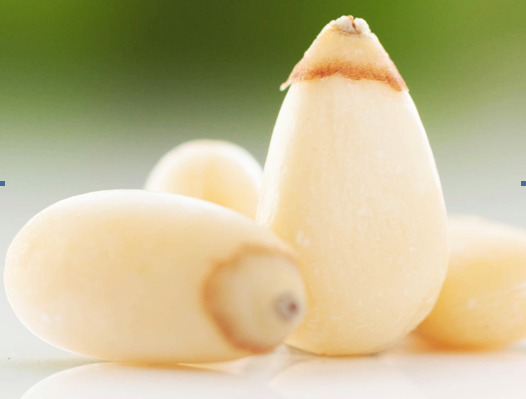Wheat bran, wheat bran and wheat straw, together called wheat feed, are important feeds in the main wheat producing areas. The rational use of wheat can play an important role in the development of animal husbandry. If it is used improperly, it will not only fail to exert its due effects, but also lead to certain diseases of livestock and poultry and bring about certain economic losses. Wheat bran wheat bran is a high-phosphorus, low-calcium diet, and its ratio of phosphorus and calcium is 4:1. This is in contrast to the 1.5-2:1 physiological ratio of calcium and phosphorus required by livestock and poultry. Too much wheat bran can cause imbalance of calcium and phosphorus calcium deficiency disease. Such as young animals, rickets, osteoarthritis, equine animal intestinal stones, male livestock urolithiasis and poultry shell eggs. The key measure for safe feeding of wheat bran is to grasp a reasonable amount of use. Generally, it should be controlled below 20% of compound feed. Specifically: chickens should account for 25%-5% before 8 weeks, 9-11% for 9 weeks, laying hens for 15%, broilers for 2%-8%. The pigs were not fed with wheat bran before 40 days of age. Krills weighing less than 55 kilograms accounted for 12%, 55 kg - 90 kilograms of fattening pigs accounted for 15%, breeder boars, pregnant sows accounted for 20%, and lactating sows accounted for 16%. Wheat buckwheat pods have sharp burrs and machine threshing even worse. The burrs can damage the ulcers during feeding, gradually eat grass slowly, chewing is not fine, sensation drops, and the physical quality declines. The key measure for rational feeding of wheat bran is to be detoxified first. There are two kinds of treatment methods: First, the rolling method, a small amount of available stone rolling, a large number of available rolling; Second, alkalinization, lime 3 kg, salt 0.5 kg, 150 kg of water, mixing and mixing evenly, adding 100 Kg wheat bran, soaked overnight. Rinse into the basket, drain off the water and feed it. After basifying the wheat stubble, the burr softens, does not hurt the oral cavity, and can be supplemented with calcium. Unstirred wheat straw has high crude fiber content, low digestibility, and poor palatability. Livestock does not like to eat, and it is also easy to cause knot disease in horses and belongs to inferior feed. However, if special treatment is used, the method can be applied to wheat bran and all kinds of livestock. The second is ammoniation, which can be treated with ammonia, ammonium bicarbonate, and urea. Take urea treatment as an example: Dissolve 10 kg urea with 90 kg fresh water into a 10% solution, chopped wheat straw, about 2 cm-3 cm long, spray and mix with 100 kg of wheat straw with 30 kg urea solution, and seal with plastic film. When the temperature reaches 20°C or above, it can be taken after half a month, and it is better to feed ruminants such as cattle and sheep.
Pine Nut Kernel
Pine nuts (also called pignoli) are the edible seeds of pines (family Pinaceae, genus Pinus). About 20 species
of pine produce seeds large enough to be worth harvesting; in other pines the
seeds are also edible, but are too small to be of notable value as human food.
Our Chinese pine nuts grow in Heilongjiang and Jilin province of China. The
mainly varieties are pure red pine nut
kernel and cedar pine nut kernel.
Pine nuts have been eaten in USA, Europe, Asia and many other countries. They
are frequently added to meat, fish, salads and vegetable dishes or baked into bread.

Pine Nut Kernel
Dry Fruit Pine Nut Kernel,Pine Nut Pure Red,Wholesale Pine Nut Kernel,Raw Pine Nut Kernel
Ningxia Shun Yuan Tang Herbal Biotech Co., Ltd. , http://www.nxshunyuantang.com
